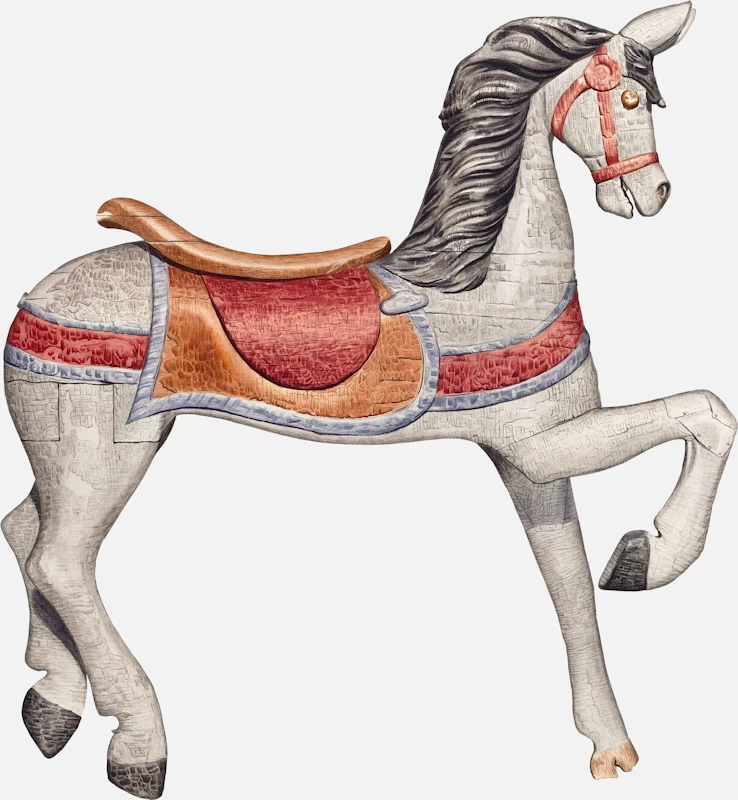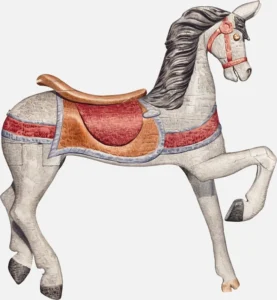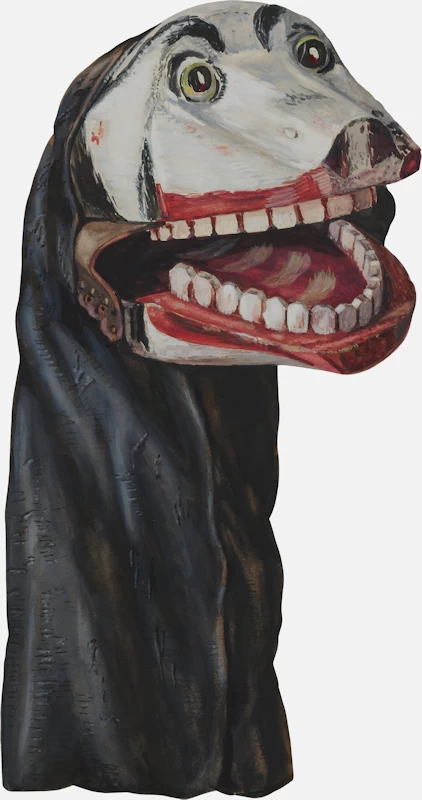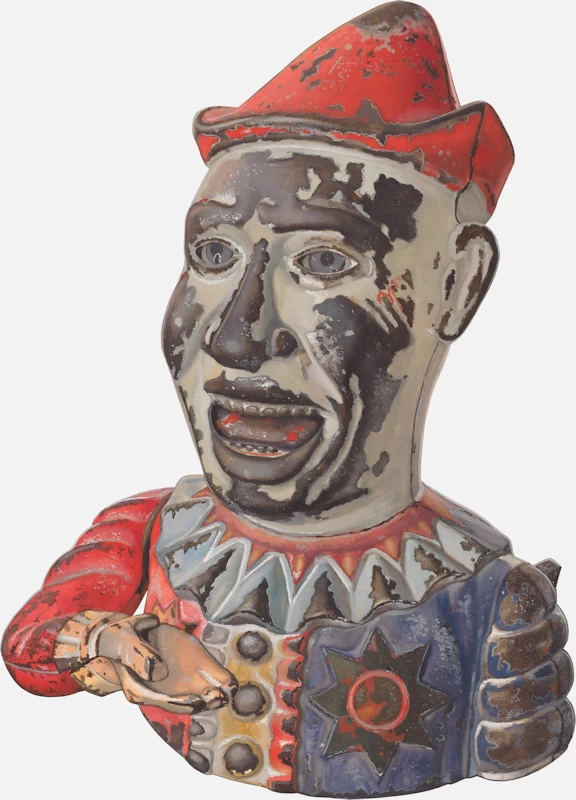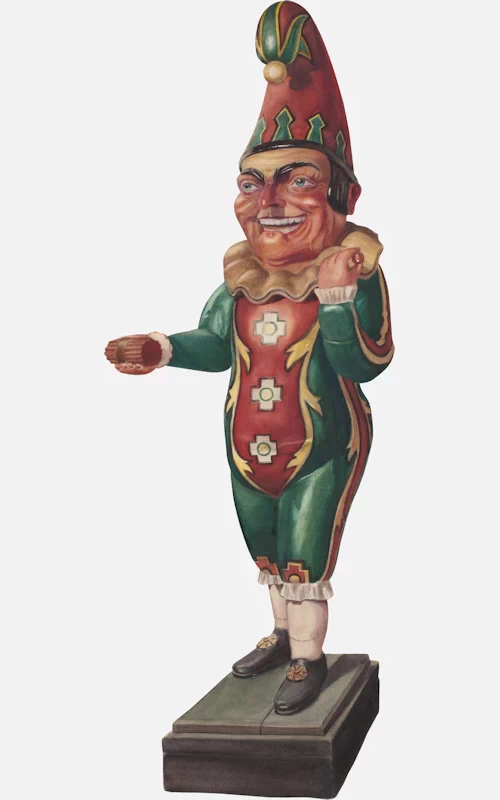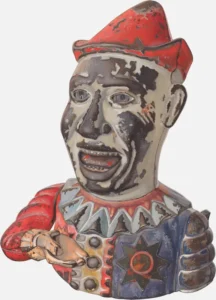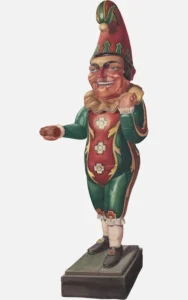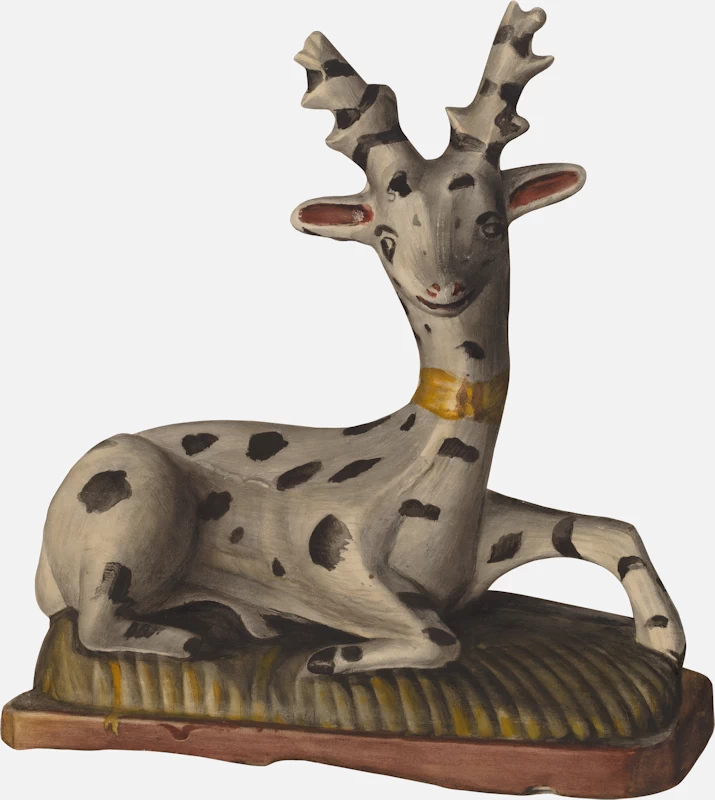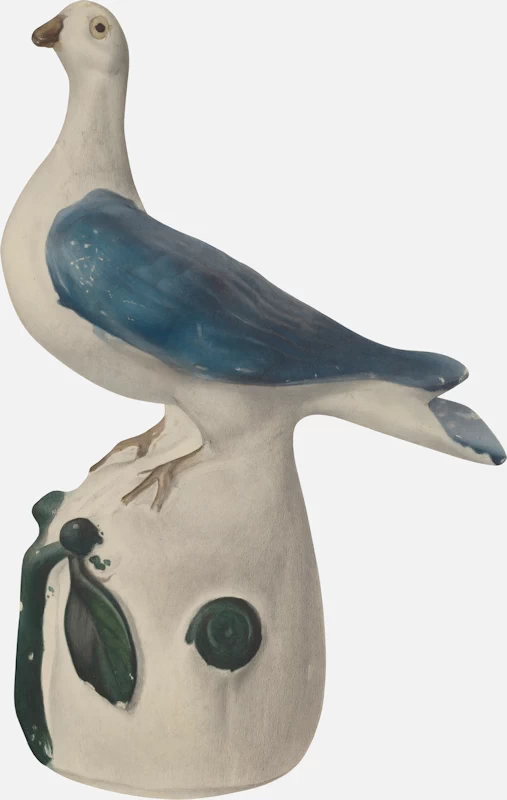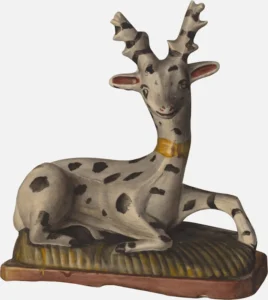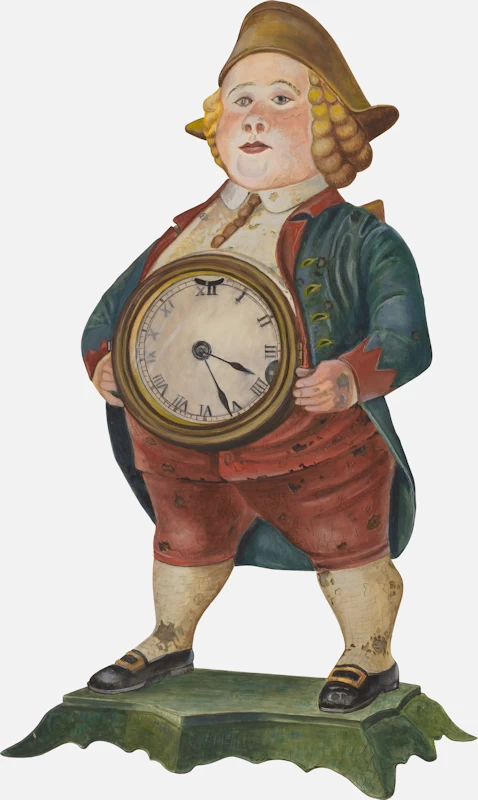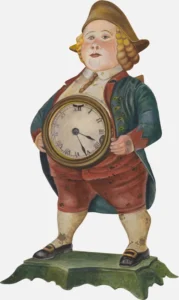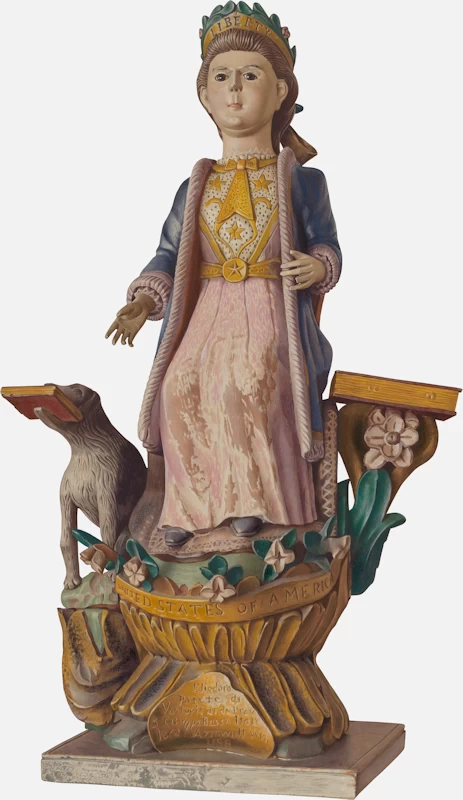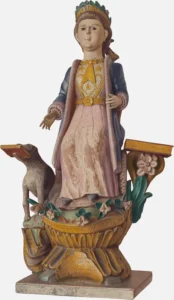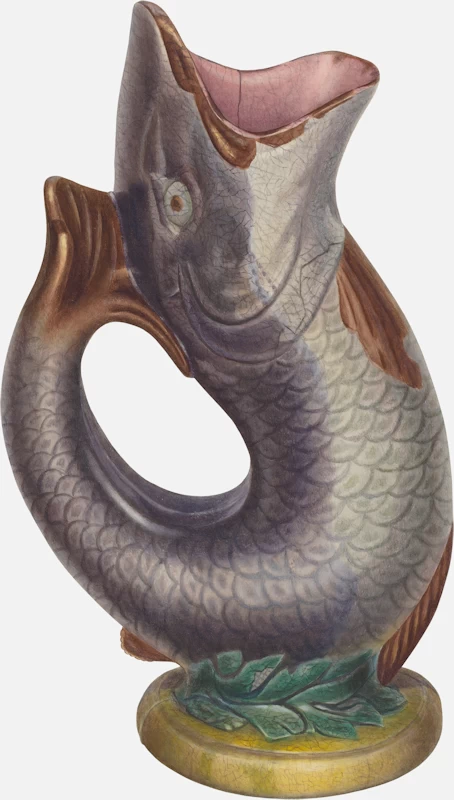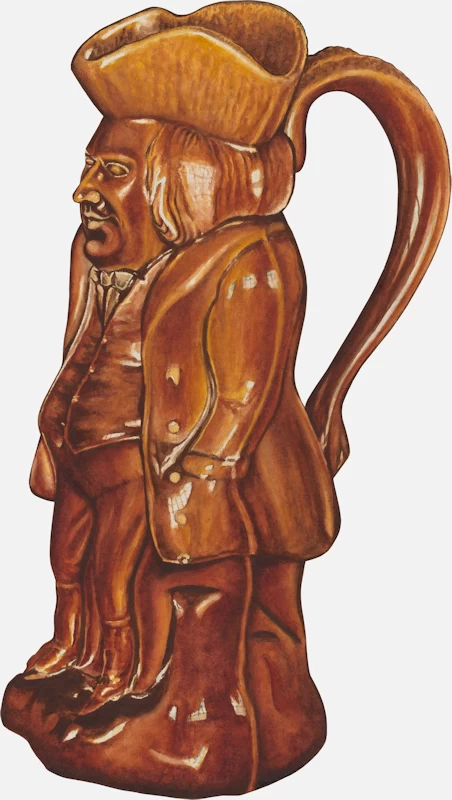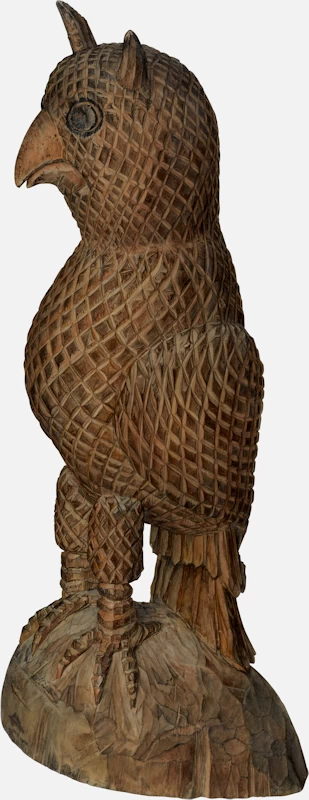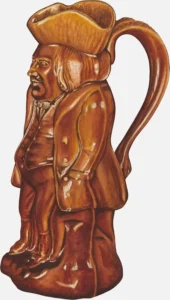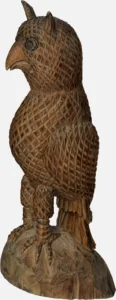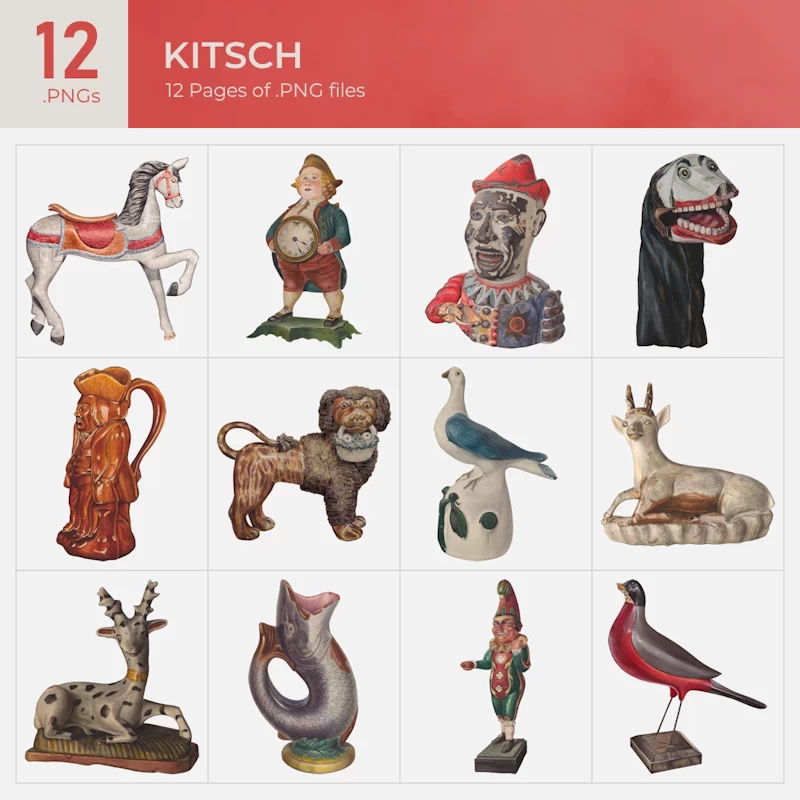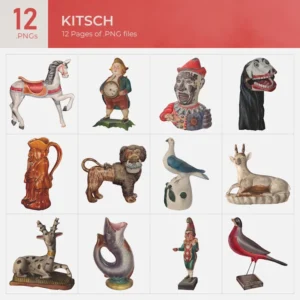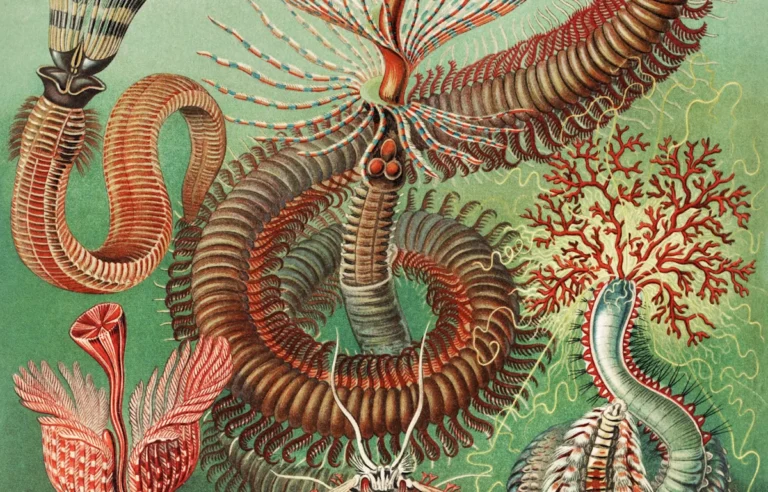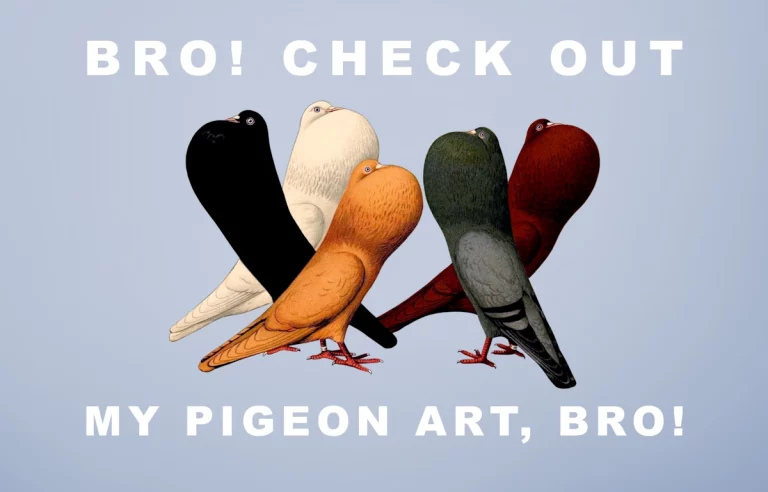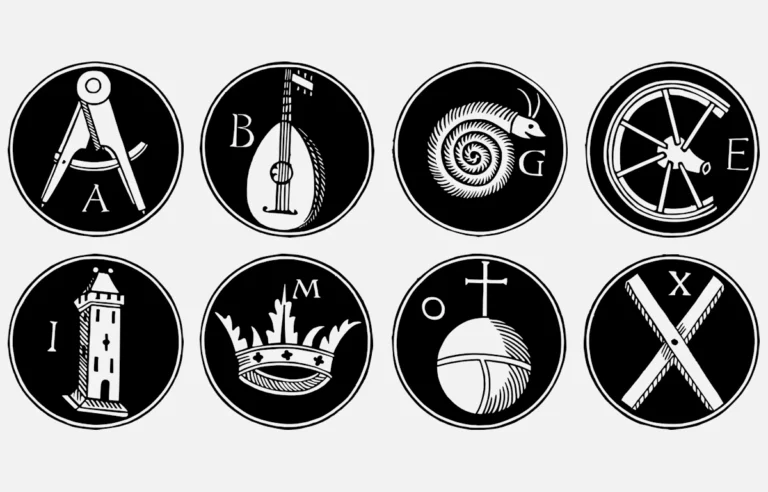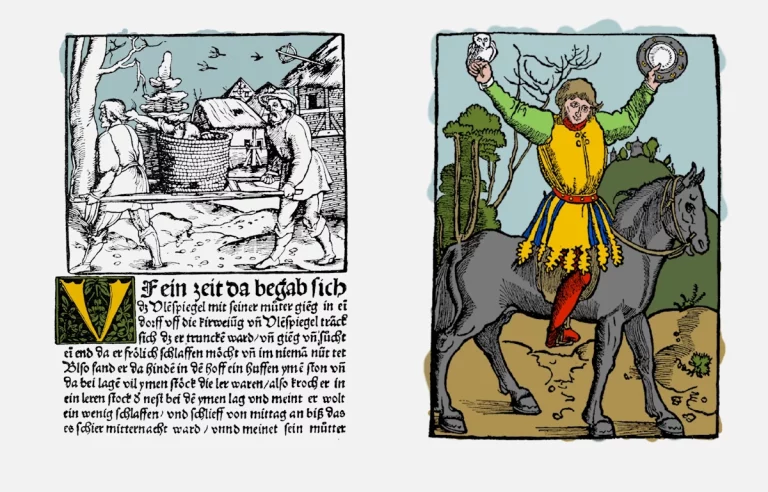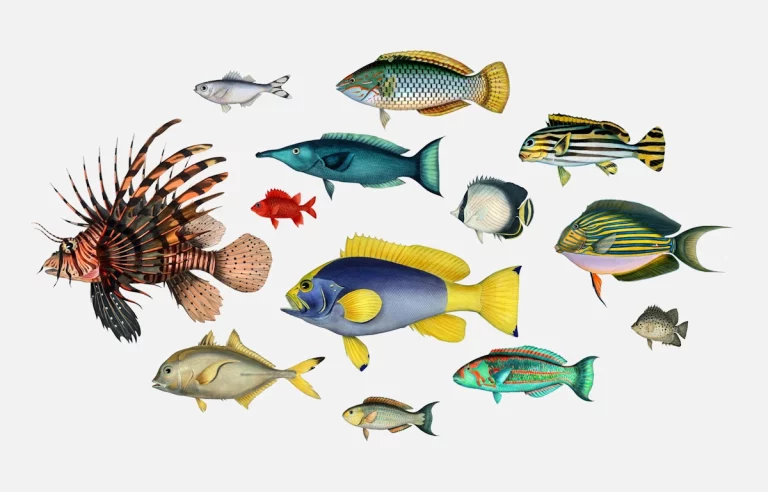American Kitsch in the National Gallery of Art
If you’ve ever raised an eyebrow at a porcelain poodle or chuckled at a clock shaped like a grinning clown, you’ve encountered kitsch. Kitsch is the art of excess, sentimentality, and mass appeal. It’s the velvet Elvis painting, the ceramic piggy bank with a goofy smile, or the souvenir snow globe from Niagara Falls. While it often gets a bad rap as lowbrow or tacky, kitsch has a fascinating history and holds a mirror to our cultural values and quirks. Nowhere is this more evident than in the National Gallery of Art’s “Index of American Design,” a sprawling collection of 18,257 watercolor renderings of American folk and decorative art objects from the colonial period through 1900.
This treasure trove, compiled during the Great Depression as part of the Federal Art Project, offers a delightful glimpse into the playful, practical, and often eccentric world of American design. It documents everything from elaborately carved weathervanes to whimsical toys, including more than a few objects that would fall comfortably under the banner of kitsch.
What is Kitsch, Anyway?
The word “kitsch” comes from 19th-century German art markets, where it was used to describe cheap, popular paintings sold to tourists. Over time, the term grew to encompass all manner of art and objects that aim to please the masses with sentimentality and gaudy charm. Critics often dismiss kitsch as shallow or inauthentic, but it holds a powerful cultural significance. It reveals what people cherish, what makes them laugh, and how they express identity and nostalgia.
American kitsch, in particular, is a lively reflection of a young nation brimming with optimism, humor, and a flair for the theatrical. While fine art aspires to the lofty and profound, kitsch wallows in the joyous absurdities of everyday life. And the “Index of American Design” captures these delightful oddities in exquisite detail.
Charming Oddities: Kitsch Highlights from the "Index of American Design"
1. Ceramic Critters and Animal Antics
The “Index of American Design” boasts a marvelous collection of ceramic and chalkware animals, each more endearing (or bizarre) than the last. Picture a primitive but charming deer with a shy smile and comically large ears, its surface painted in a garish cow pattern. These cheerful figures often served as decorative knickknacks or coin banks, offering both whimsy and utility. One particularly delightful coin bank depicts a crude (yet dignified) ceramic pigeon.
These animal figures weren’t just cute for the sake of it. They reflected an agricultural society where animals were central to daily life. By immortalizing farmyard friends in clay, early American artisans found a way to inject humor and heart into their homes.
2. Clocks with Personality
Timepieces, too, were fertile ground for playful expression. Forget the austere grandfather clock—in the world of kitsch, clocks took on a personality of their own. The “Index of American Design” features examples like a clock face held against the belly of a portly revolutionary period character, complete with painted-on rosy cheeks. These clocks transformed an everyday necessity into a source of delight.
Such pieces were often given as gifts, combining functionality with a dash of humor. They also underscore a uniquely American tendency to blur the line between utility and entertainment. After all, why settle for a plain clock when you could have one that doubles as a conversation piece?
3. Patriotic Pride
American kitsch has always had a patriotic streak, and the “Index” is awash with star-spangled paraphernalia. Decorative objects like Liberty-shaped banks and bald eagle figurines showcase a homespun pride that mixes earnestness with a wink. Imagine a piggy bank shaped like George Washington’s head or a garishly painted statue of Lady Liberty—these objects merge national identity with playful consumerism.
This form of patriotic kitsch flourished in the 19th century as the United States sought to define its cultural identity. Through these objects, ordinary Americans could display their national pride in their parlors, albeit with a touch of humor and exaggeration.
Kitsch as a Cultural Time Capsule
Many of the kitschy pieces in the “Index” were born from an age of industrialization and mass production, when everyday people could afford to decorate their homes with playful, affordable art. These objects, once dismissed as trivial, now offer rich insights into how Americans viewed themselves and their world.
For one, each object in the collection hints at a larger narrative—a gift from a traveling relative, a keepsake from a fair, or a hand-painted toy crafted for a child. Kitsch also celebrates the human desire for beauty, no matter how unconventional. While critics may sneer at its garishness, there’s something irresistibly charming about a ceramic dog with lopsided eyes or a clock that grins at you from the mantelpiece. These objects remind us not to take life too seriously.
Moreover, kitsch is democratic. Unlike fine art, which often requires specialized knowledge or a hefty price tag, kitsch is relatable and accessible to everyone. It invites us to laugh, to remember, and to connect with the past in ways that feel immediate and personal.
While the Index of American Design captures objects from the 18th and 19th centuries, the legacy of kitsch is alive and well. Just think of bobblehead dolls, plastic pink flamingos, or novelty coffee mugs. Kitsch, it seems, is a permanent part of our cultural landscape—an ongoing celebration of the odd, the endearing, and the joyfully ridiculous.
Kitsch may not hang in the Louvre, but it hangs in our hearts—and in its own delightfully absurd way, it makes the world a little brighter.



